What is the boutique coffee in China, the development history of Yunnan coffee, is Yunnan coffee beans delicious?
Yunnan, as the main coffee producing area in China, what special flavor does it have? In recent years, Yunnan coffee beans stand out in the raw bean competition and become a group of dark horses to enter the boutique coffee market, so what is the unique charm of Yunnan coffee? What kind of story does it have?
The first Yunnan coffee beans were made in 1904 by Tian Deneng, a French Catholic missionary, who entered Dali, Yunnan via Vietnam, to preach to Zhukula village to set up a church and planted a batch of iron pickup coffee trees next to them. Therefore, the earliest variety of coffee in Yunnan is not the mainstream Katim, but the iron pickup.
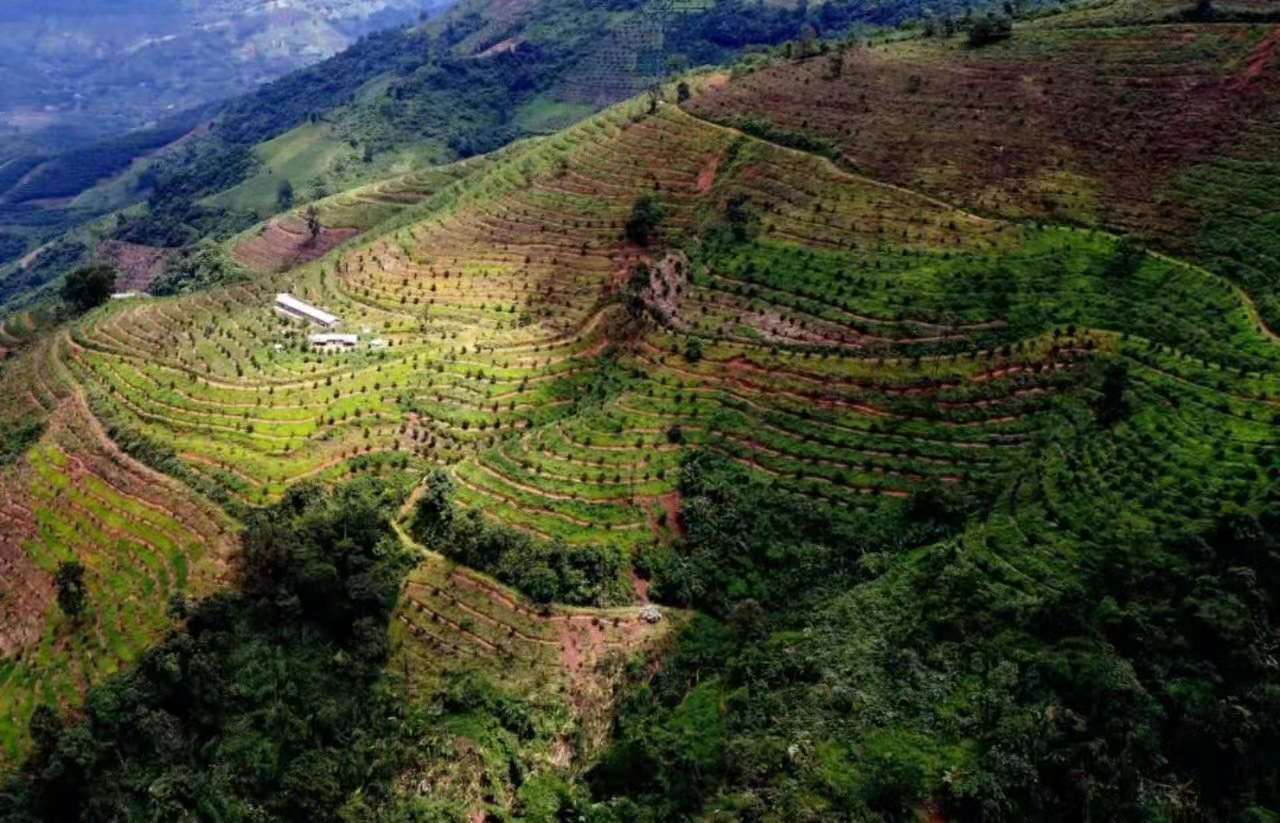
Yunnan coffee has experienced a total of three coffee development waves, the first development was in the 1960s, when Yunnan cultivated coffee in order to repay the Soviet Union's loans, and the products were purchased by the state foreign trade department. At that time, coffee cultivation was distributed in several agricultural reclamation farms: Baoshan Lujiang Farm, Xincheng Youth Farm, Dehong Shaofang Farm, Ruili Farm, Kucho Farm, Wenshan Babu Farm, and Tianbao Farm. Variety is the local breeding of tin card, bourbon variety, agricultural reclamation of the entire coffee planting area has reached 50,000 mu. After that, due to the end of the repayment work, the foreign trade department no longer actively acquired, and at the same time, due to the spread of induced disease infection, resulting in large-scale death and avoiding the crazy spread of induced disease, once the planting area shrank, leaving less than 3,000 mu.
The second coffee wave was in the 1980s of reform and opening up. In 1988, Nestl é decided to support the development of Yunnan coffee industry, introducing Katim to widely plant in Yunnan, and because of this development, Katim coffee has replaced the status of the ancient tree species Ironka, and has become the main tree species of Yunnan coffee, accounting for 90% of Yunnan coffee output.
The third Yunnan coffee wave was in 2000, when China's economy developed rapidly and entered the era of boutique coffee. At the same time, the selection and cultivation of Yunnan coffee were scientifically developed.
The small grains of coffee in Yunnan are mainly Katim. Katim is a combination of Arabica species and Robusta species. Robusta species have good resistance to leaf rust and rich oil, high yield and easy to grow. Katim has 25% of the Robusta gene after crossing with Arabica. Katim has 25% of the Robusta gene, which improves resistance to leaf rust and retains rich oil. at the same time, it has the rich taste of some original species of tin card. So most Yunnan manors began to plant Katim on a large scale.
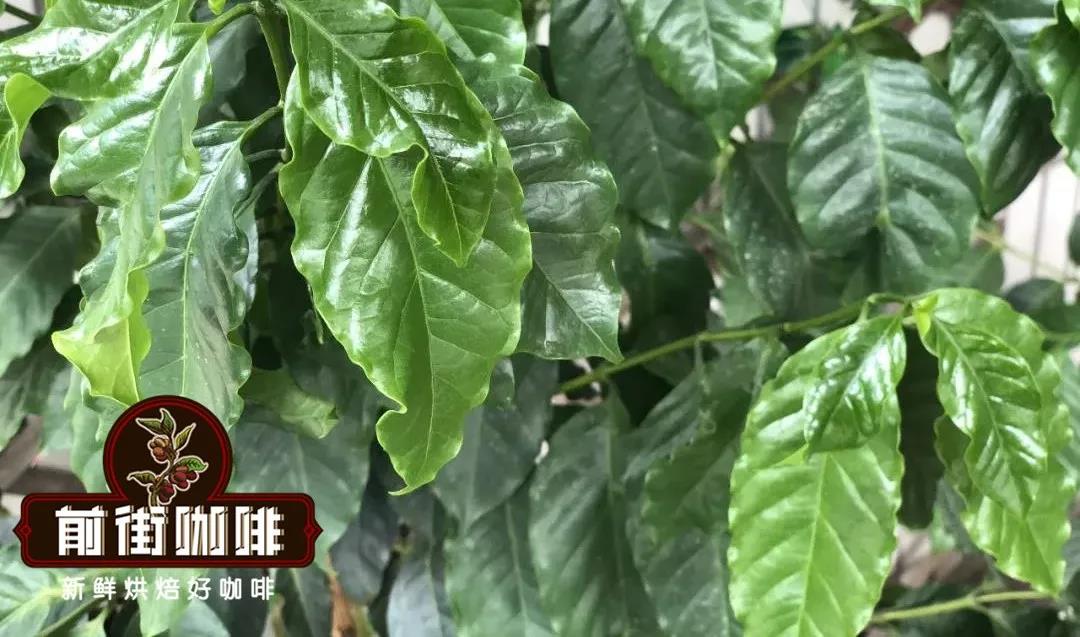
The planting areas are mainly distributed in Lincang, Baoshan, Simao, Xishuangbanna, Dehong and other areas. The average temperature of Baoshan is 21.5℃, and the highest is 40.4℃, which is basically frost-free all the year round. It is recognized as the best producing area of small-grain coffee. The small-grain coffee cultivated here is famous at home and abroad for its strong but not bitter, fragrant but not strong, small particles, mellow and fruity. The tasting experts of the International Coffee Organization evaluate Yunnan coffee as a kind of small seed coffee processed by Colombian wet processing, and it is a good quality coffee in the world.
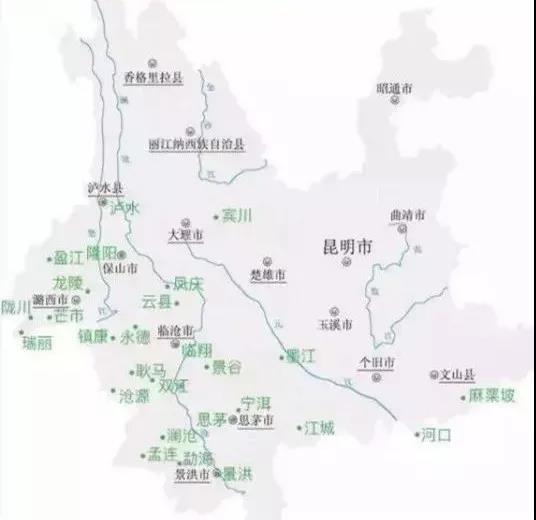
What's the taste of Yunnan coffee?
Using SCAA's handmade coffee suggestion, we use 15g powder, 225ml 91 degrees hot water to extract a flavor with obvious roasted nuts, soft acidity, overall balanced fragrance, solid dark chocolate aroma, and a slight orange peel.
Important Notice :
前街咖啡 FrontStreet Coffee has moved to new addredd:
FrontStreet Coffee Address: 315,Donghua East Road,GuangZhou
Tel:020 38364473
- Prev
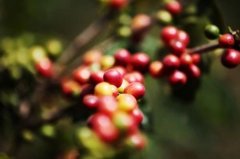
The origin story of Kenyan coffee, whether Kenyan hand-made coffee tastes good, flavor evaluation.
The Republic of Kenya (The Republic of Kenya) is located in eastern Africa, the equator runs through the central part, and the Great Rift Valley of East Africa runs through the north and south. It is bordered by Somalia to the east, Tanzania to the south, Uganda to the west, Ethiopia and South Sudan to the north, and the Indian Ocean to the southeast. The coastline is 536 km long. 18% of the land area is arable land, and the rest is mainly suitable for animal husbandry. As coffee.
- Next
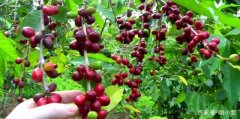
What kind of coffee is Rosa Coffee? What is the relationship between the Emerald Manor and the Veil Manor?
Rosa Coffee originated in Ethiopia and developed in Panama. Rosa coffee was first introduced to Panama by Don Pachi Serracin from Costa Rica in 1963. Because the yield is not high, which directly affects the harvest, coffee farmers are not willing to plant and have been regarded as windbreak trees. Until the Emerald Manor of Panama was trying coffee beans, it was surprised to find that in its own coffee farm.
Related
- Beginners will see the "Coffee pull flower" guide!
- What is the difference between ice blog purified milk and ordinary milk coffee?
- Why is the Philippines the largest producer of crops in Liberia?
- For coffee extraction, should the fine powder be retained?
- How does extracted espresso fill pressed powder? How much strength does it take to press the powder?
- How to make jasmine cold extract coffee? Is the jasmine + latte good?
- Will this little toy really make the coffee taste better? How does Lily Drip affect coffee extraction?
- Will the action of slapping the filter cup also affect coffee extraction?
- What's the difference between powder-to-water ratio and powder-to-liquid ratio?
- What is the Ethiopian local species? What does it have to do with Heirloom native species?

